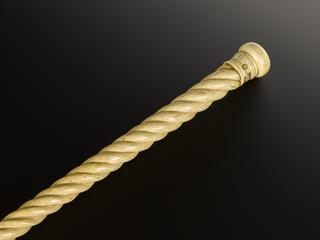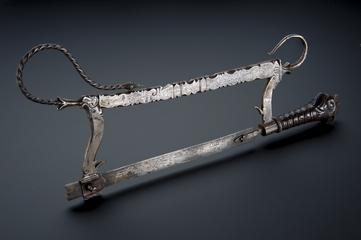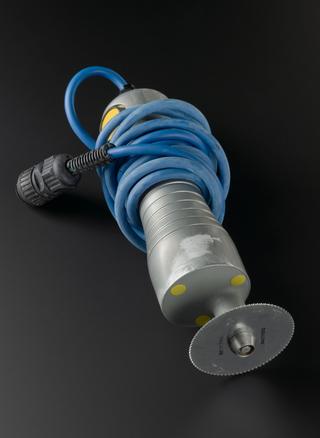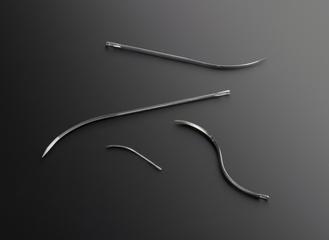
Antiseptic dressing in tin
- Made:
- 1890-1920 in unknown place
Antiseptic dressing in tin, introduced by Joseph Lister, no maker marked
Joseph Lister experimented with ideas about infection over several years, often assisted by his wife, Agnes. Using household items and specially made glassware, he noticed that urine exposed to air decomposes, while urine not exposed to air remains intact. Lister concluded that something in the air, what we know now are germs, caused infection. He continued to experiment, adapting his antisepsis technique along the way including treating dressings with carbolic acid to prevent and control infection.
Lister introduced new principles of cleanliness that transformed surgical practice from the 1860s onwards. He trialled cleaning surgical instruments and wounds with pungent, yellow carbolic acid, on his wards at Glasgow Hospital. His tests significantly lowered infection rates, with more patients surviving their surgeries. He named the process antisepsis. Some surgeons started to use Lister’s disinfectant technique, but many questioned his approach.
This item was owned by Rickman John Godlee (1849-1925) a surgeon and nephew of Joseph Lister. He supported his uncle's techniques.
Details
- Category:
- Surgery
- Collection:
- Sir Henry Wellcome's Museum Collection
- Object Number:
- A50315
- Materials:
- tin (metal), gauze and complete
- Measurements:
-
overall - laying flat, lid: 92 mm 57 mm, .046 kg
overall - laying flat, case with dressing included: 419 mm 56 mm, .37 kg
overall - both parts: .416 kg
- type:
- dressings
- credit:
- Godlee, R.J




